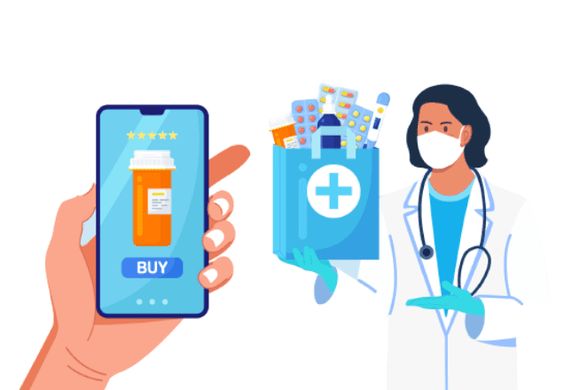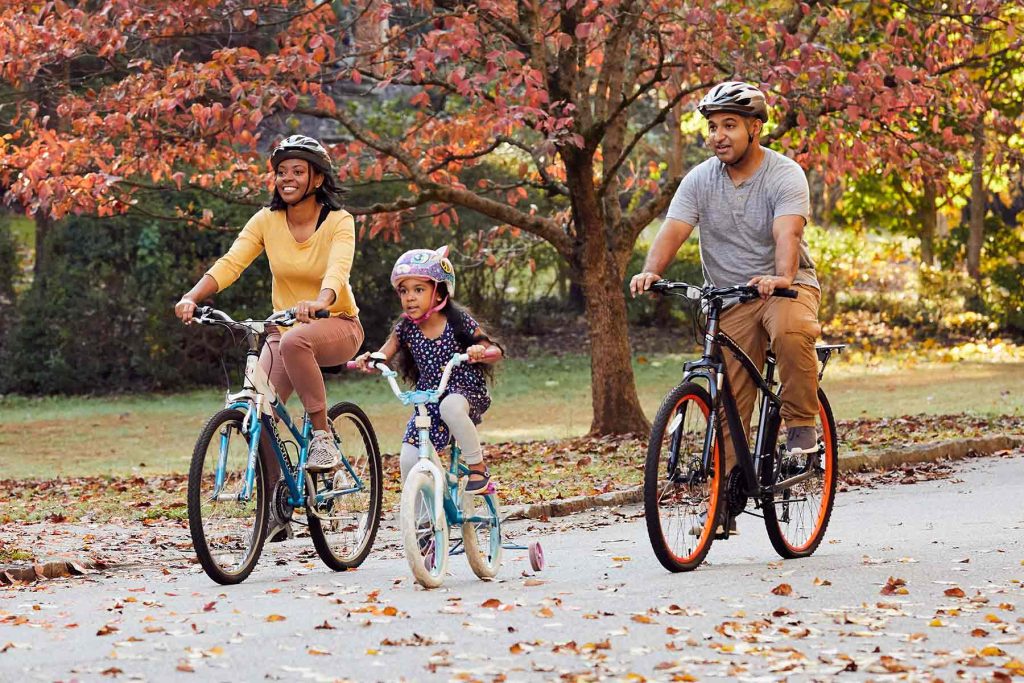Cycling is a fun and healthy activity for people of all ages, and teaching bike safety skills to children helps foster an early appreciation for safe cycling practices. As a teacher or parent, you can play a significant role in educating children about bike safety. Here are some essential tips and strategies to teach bike safety smarts to young learners.
1. Start with the Basics: Teach children the basics of wearing a helmet correctly; it should be level on the head, not tilted back, and the chinstrap should be snug. Make sure that kids understand the importance of wearing helmets every time they ride their bikes.
2. Educate on Bicycle Maintenance: Teach kids how to check their bikes for potential issues, such as properly inflated tires, well-functioning brakes, and secure seat and handlebars. Encouraging routine inspections will help kids develop good habits as they grow into independent cyclists.
3. Review Road Rules: Familiarize kids with basic biking etiquette and road safety. Discuss hand signals for turning or stopping, making them aware of the importance of following traffic signs and signals, staying visible at all times, and being alert to their surroundings.
4. Create a Safe Space to Practice: Before children start riding on busier roads or bike paths, it’s essential to provide them with a safe environment to practice riding. Empty parking lots serve as excellent venues for teaching kids essential skills like starting, stopping, turning, and proper signaling.
5. Organize Group Rides: Routine group rides can help kids gain more confidence in their cycling abilities while also reinforcing safe riding practices through peer support and supervision from teachers or parents.
6. Focus on Visibility: Emphasize the importance of visibility to children by helping them choose brightly colored clothing or reflective gear when they ride their bikes. Adding lights or reflectors can increase visibility when cycling in low-light conditions.
7. Explore Resources Online: Organizations like Safe Routes to School and the League of American Bicyclists offer excellent online tools, lesson plans, and curricula to help teachers incorporate bike safety education into their classrooms.
8. Encourage Active Transportation: Promote the benefits of bicycling as an eco-friendly, healthy means of transportation. Children who understand these advantages will be more inclined to choose cycling over less sustainable transport options in the future.
In conclusion, teaching bike safety smarts to children at a young age is vital in fostering a lifelong understanding and appreciation for safe cycling habits. By equipping kids with the knowledge and skills necessary to navigate roads safely, we prepare them for a more active, environmentally friendly way of life.






